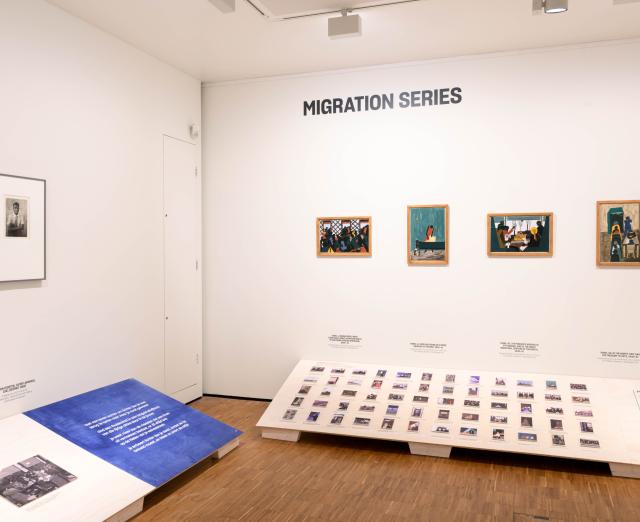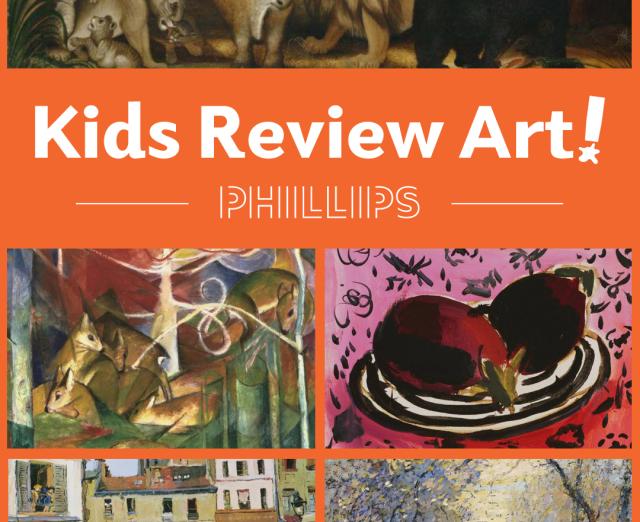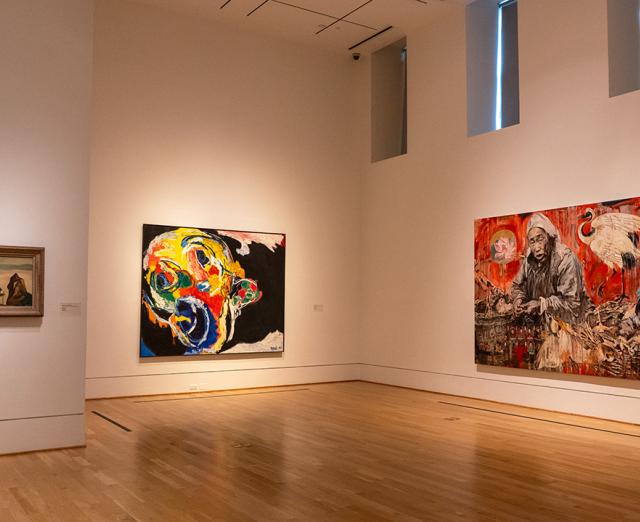Supporting American Abstraction
Collection
Curator Renée Maurer on her new selection of works from the permanent collection, now on view in Gallery C and Gallery D of the Phillips House.
Duncan and Marjorie Phillips provided vital support to American abstract painters during the 1940s and 1950s. This installation presents works purchased exclusively through dealers Marian Willard (on view in Gallery C) and Betty Parsons (on view in Gallery D) who were at the forefront of this patronage, introducing and promoting artists Morris Graves, Louis Schanker, Gina Knee, Mark Tobey, Bradley Walker Tomlin, Theodoros Stamos, and Kenzo Okada, among others to the Phillipses. In 1940, at Willard Gallery (32 East 57th Street), Marian Willard, known for her independent eye and her resistance to art trends, fought for the acceptance of modernism. Painter and sculptor Betty Parsons, a leading dealer of mid-century art, particularly the New York School, championed emerging artists, offering them a supportive environment. In 1946, at Betty Parsons Gallery (15 East 57th Street), she helped develop and establish the reputation of several Abstract Expressionists, during a time of limited interest for modern American painting.


Through Willard and Parsons, the Phillipses established two important artist units. In 1942, Duncan Phillips first saw the work of Morris Graves at the Museum of Modern Art’s show Americans 1942: 18 Artists from 9 States. Phillips proclaimed: “Graves was the sensation,” and he acquired Chalice and Eagle through Willard. In 1942 with Willard’s help, Phillips organized the first Graves show at the museum, from which he bought several pieces. He described Graves, “as a poet painter he haunts our minds and senses…He makes us more aware of our mystery and meaning.” The Phillipses and Graves spent time together, and the artist wrote in 1963, “The days in Washington were very happy days for me.” The Phillipses assembled a Graves unit that now includes 12 items reflecting themes—such as birds and vessels—that occupied the artist throughout his career.
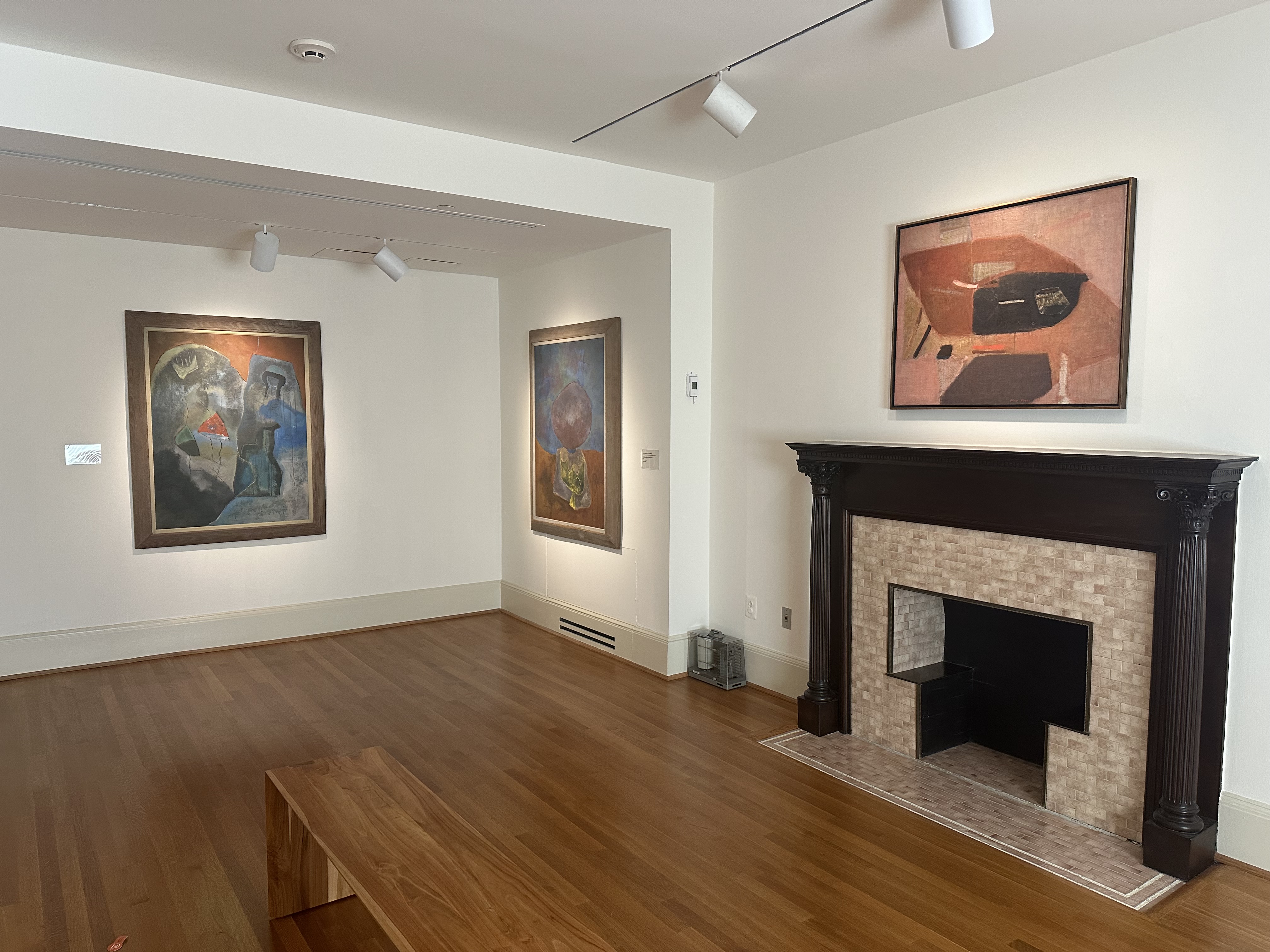
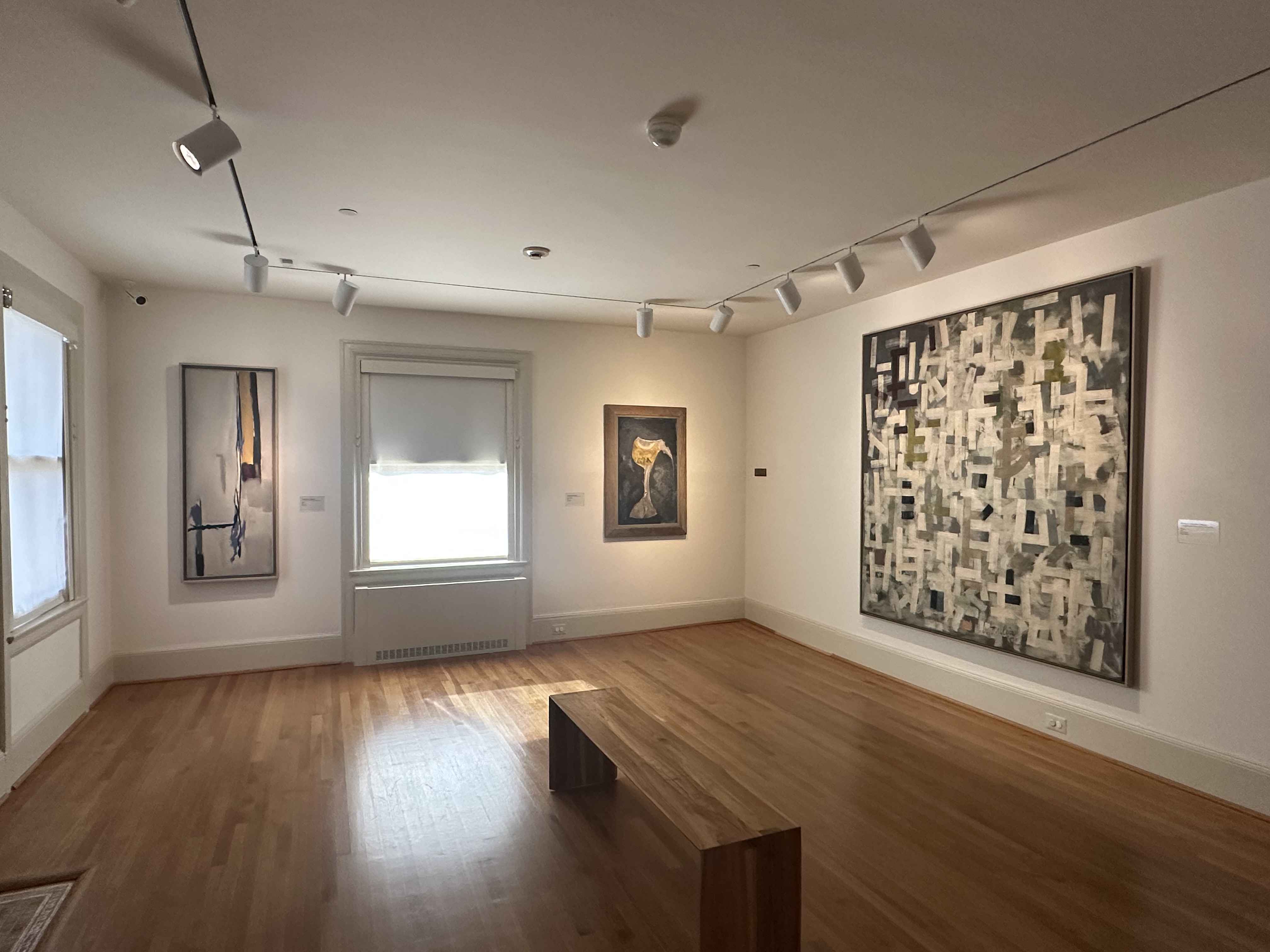
In the late 1940s, as Theodoros Stamos’s recognition grew, the Phillipses responded to his pictures exploring nature and myth. In 1949, Phillips bought Sacrifice of Kronos No.2, World Tablet, and Moon Chalice from Parsons. Stamos remarked: “I want to thank you for being so kind […it’s] quite a feather in my cap to be represented in the collection.” With Stamos’s guidance and Parsons’s assistance, Phillips presented the artist’s first solo museum exhibition in 1950. While planning, Phillips relayed to Stamos: “Could you send as many as you and Betty Parsons can spare so that we can select…. Someday I would like to know what thoughts inspired you in designing with such subtle and evocative colors. They are both earthy and cosmic.” During his second show in 1954, Stamos gave a lecture at the museum on American visionaries like Mark Rothko, Graves, and Tobey who he claimed had a “oneness with nature.” The Phillipses created a unit of 8 Stamos works, which has expanded through generous gifts.
